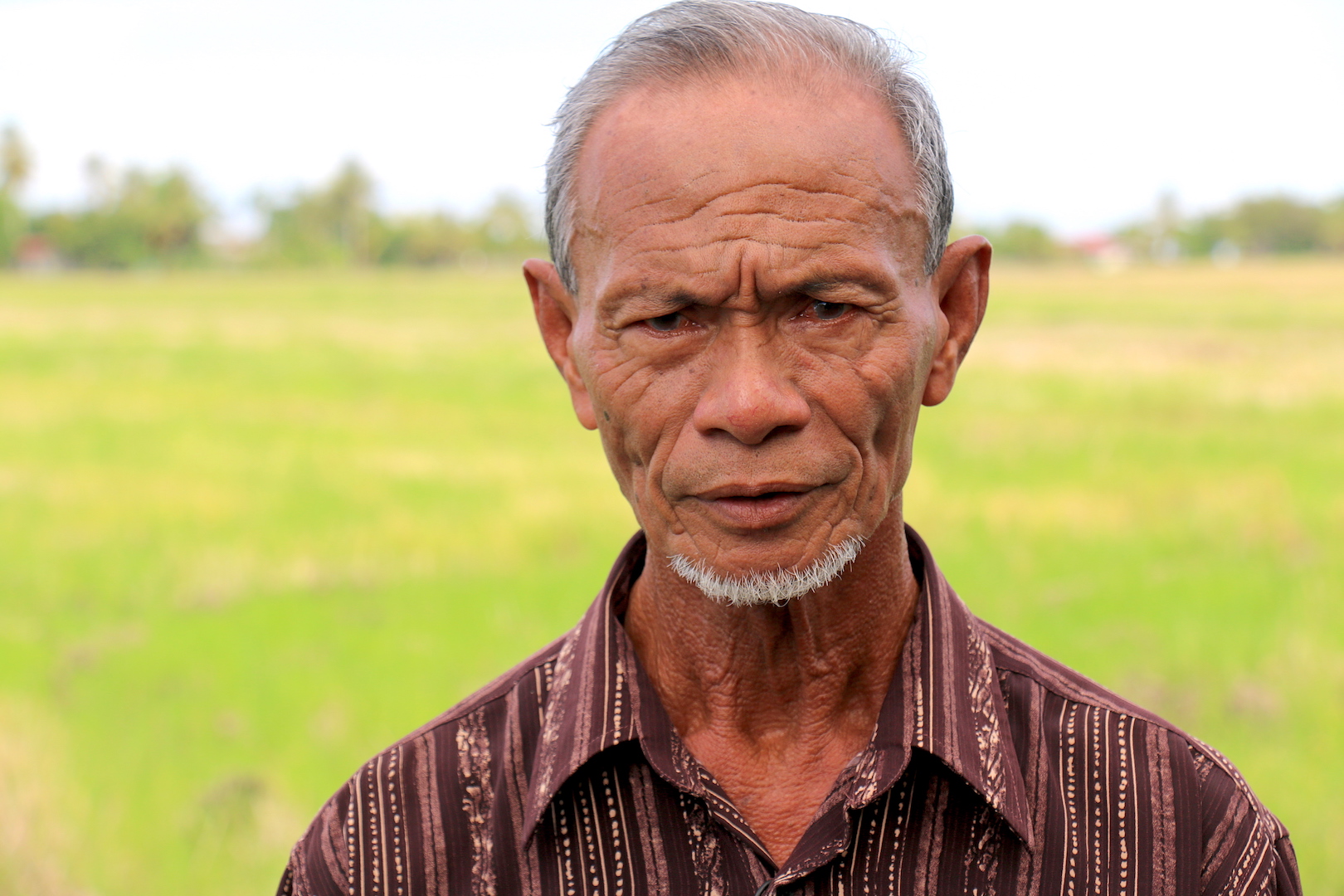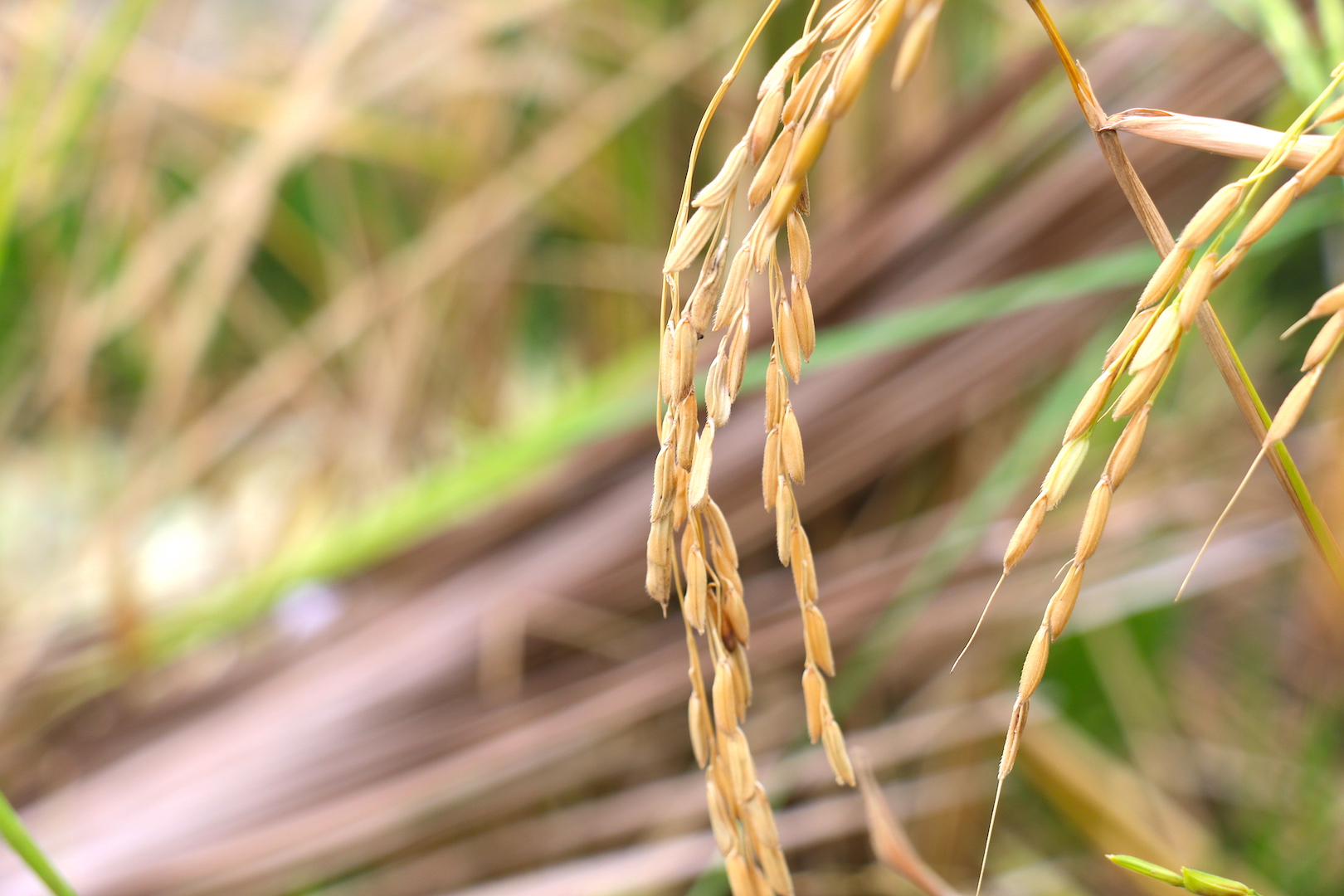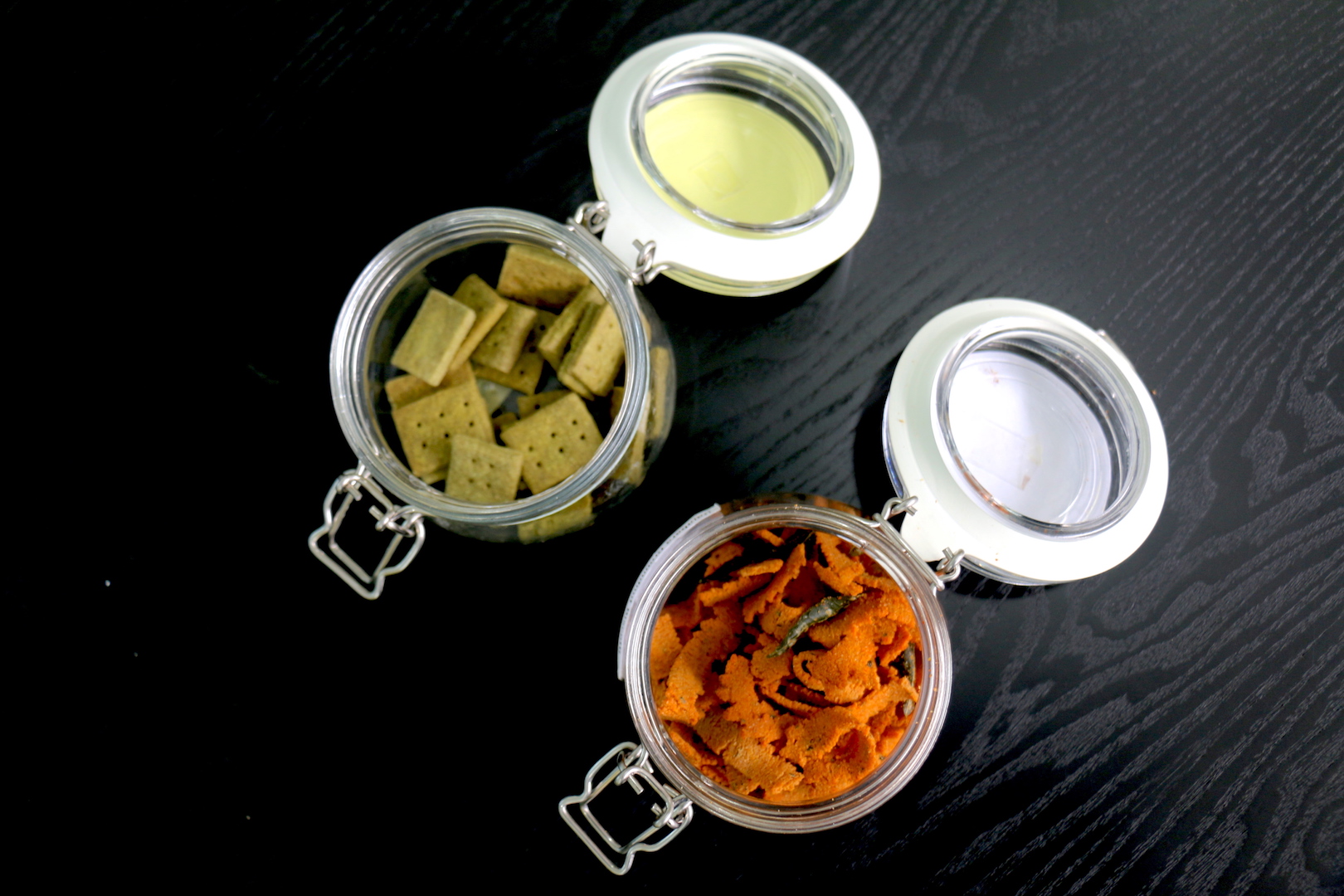Climate Change Is Making It Harder to Grow Rice
Credit to Author: Sawsan Morrar| Date: Wed, 11 Oct 2017 15:00:00 +0000
When Abdulhamid bin Saad, 68, reminisced over the 50 years he’s worked the rice paddies, he had no problem remembering what farming was like before using the new technologies available today. But Saad could not explain why the weather feels warmer these days, or why rainfall seems to occur less frequently. “I’m just a farmer,” he told me.
Saad might not fully grasp why the changes are occurring, but the new generation of farmers in Malaysia are already experiencing what rising temperatures does to their paddy fields. Shafrizal bin Abdulhamid, Saad’s son, said that while this year’s rain came surprisingly early, the stresses over climate change are mounting, threatening their crop and their livelihoods.
These shifts in weather patterns are spurring what once had seemed unimaginable: A reconsideration of rice as the central food in Malaysia’s diet. While domestic consumption is about 2.8 million tons this year, the average local rice yield was 30 to 50 percent lower than its potential, according to Malaysian research. Local researchers are now looking towards more climate-adaptive foods, imagining a way to move forward with climate change in mind.

And it’s poised to become worse. The world is expected to warm by an additional three degrees Celsius by 2050. While a warmer climate may affect rain and irrigation, other changes are not as apparent. As temperature rises and carbon dioxide levels are elevated, the nutritional content in crops begins to decrease due to the changes. This means less food, and less profit for farmers.
Saad’s paddy fields are conveniently located next to the largest irrigation channel in Malaysia, Wan Mat Saman, allowing him access to fresh water. Many farmers in the area, though, are not so fortunate. According to the International Rice Research Institute (IRRI), approximately 35 percent of Malaysian rice is solely grown with rainwater, leaving farmers even more vulnerable to changing weather patterns.
“It’s difficult to prepare for harvest when you cannot rely on rainwater, and you don’t know its schedule,” Abdulhamid said.
Abdulhamid’s family eats rice three times a day. When I visited in March, they gathered at lunch to enjoy a meal of chicken legs, yams, and white rice under a sheltered patio that overlooks acres of their paddy field. Beyond their field are other paddy fields as far as the eye can see. The patchwork of crops stretches to Alor Setar, the capital of Kedah, only minutes away by motorcycle, a common form of transportation in the state.

Less than half a mile west of their farm, the sea rolled along the shore. Seawater intrusion has become a serious concern for parts of Kedah, which borders the sea. Like many regions around the world, seawater is gradually rising on the coast due to climate change. The state built an elementary levy to prevent salt water from approaching farms years ago, but Abdulhamid recalled the water reaching past the levy just once, and is concerned it could happen again.
He attributed the changes in their farm to the changes they see and feel in the environment: less rain and a warmer planet means less yield. Abdulhamid questioned if they will ever see the large yields they once had on their farms.
When I flew over Malaysia’s northern states, I saw hundreds of rice fields, more proof that it is a staple in the local diet. But it’s also a crop that doesn’t have a significant amount of nutritional value compared to other local food sources. Malaysia currently produces 60 percent of the rice that it consumes. The other 40 percent is imported from neighboring countries, mainly Thailand.
When the 2008 world food crisis increased the price of rice by 117 to 149 percent, Malaysia knew it needed to be more self-sufficient. Government officials set a goal to harvest all of its own rice by 2020, a feat that some argue is counter-intuitive given the environmental changes. Rainfall has significantly decreased following the El Niño phenomenon that swept the country in 2016, causing drought and dry weather that affected crops. Many call the government’s plan into question.
Not far from Malaysia’s governing offices in Kuala Lumpur, on Selangor’s University of Nottingham’s Malaysia campus, sit three state-of-the art domes that house crops ranging from moringa trees to bananas. Crops for the Future, an independent international organization, was specifically created to research underutilized crops for food.
Its CEO, Professor Sayed Azam-Ali, said he hopes that their research will provide an opportunity for forgotten crops to diversify the global market, and incentivize farmers to plant a wider variety of crops. “We imagine a meal without rice is not a meal,” Azam-Ali told me. “But that’s a recent addiction. It’s not something we have always grown up on.”
Walking through Crops for the Future’s farmland, I saw neat rows of moringa trees and Bambara groundnuts, and acres of tapioca that will soon be ready for harvest. The Malaysian government has heavily supported Crops for the Future, giving it more than $40 million dollars in funding. The results of past investments to the center were apparent: environmentally controlled chambers to test crops in various climates, and a new stainless steel kitchen for food testing and reviews.
One of the foods up for review is the Bambara groundnut, which originated in Nigeria. It ranks high in nutrition, and fixes nitrogen in the soil. At first glance, they looked like peanuts, but unlike those familiar nuts, Bambara groundnuts can live in a very warm, hostile environment. “Our job is to get that crop from where we are now to a product that we can scale up to a large number of people living in cities who want it,” Azam-Ali said.
Like the Bambara groundnut, the moringa tree is able to withstand the heat and water stresses that are predicted for Malaysia, and is often referred to as a miracle tree. The leaves, which are high in protein, are used in a soup. Moringa has been introduced to Sub Saharan Africa, but relief organizations have been wary of just how nutritious it could be.

Azam-Ali is hoping that Malaysia’s biodiversity will encourage local farmers and the rest of the world to grow diverse, underutilized crops. To sell them means there has to be a demand for them. “A hotter world means a dryer planet,” he said. “We’ve got to transform agriculture, and very few organizations are looking at an alternative model. Agriculture needs disruptive innovation.”
Much like Malaysia’s history of funding Crops for the Future, farmers in Kedah, like Abdulhamid bin Saad, see a vested interest from the government too. The government supplies farmers with pesticides, subsidized fertilizer, and tractors available for rent, all part of the Muda Agriculture Development Authority’s plan, commonly known as MADA.
Kedah’s Assistant Officer of Agriculture, Ikram Ismail, explained that if Malaysia wants to be self-sufficient, it just needs to increase its yields. Easy, says the government. But this is a short-sighted solution, since giving them the resources doesn’t reverse climate change. “Our farmers are 60 years old and above,” Ismail told me. “The desire to supply rice for their country is there, but they don’t have the energy left.”
Down the road from Abdulhamid’s home, a young man was spraying pesticide on his large paddy field. He meticulously walked row by row to cover each part of the family farm. His father, mother, and wife sat in the front of the yard, caring for the children, and enjoyed a quiet Saturday morning in Kedah. “In each family, they will leave at least one son to look after the farm and work in the paddy fields,” Abdulhamid told me.
He explained that regardless of his desired career path, farming was his chosen profession, but acknowledged that a change could happen in the coming years. Many of his friends from Kedah’s farming families have left to pursue careers in Kuala Lumpur. “Whether you feel ready or not, you need to be ready to switch from rice to beans,” Abdulhamid said, referring to one of many crops that is more adaptive to a warming climate,.
Abdulhamid has a young son who will grow up surrounded by paddy fields. For the first time in generations, it’s not clear whether his son will follow their family’s path.
Like the rain, nothing is for certain.
Get six of our favorite Motherboard stories every day by signing up for our newsletter.